Hi, first I wanna say thankyou to all my followers. I am very happy that you all like my blog and can appreciate the time I spend travelling around and researching to write these posts. Also, thankyou to the people who I work with and allow me to use your work on my blog.
Recently, I haven`t been able to do a lot of exploring or writing. My business, two little kids and family life are taking up all my time. Unfortunately, this blog will have to wait a bit. Although, I would like to try and catch up a bit with the backlog of material I have.
For now, lets have a look at Hizen Nagoya castle ruins. I went about a year and a half ago. Kio kun was still little and I think it was his first castle visit. It is a great site and there is also a nice museum full of info. A must see for those of you who love castles, Toyotomi Hideyoshi and his Korean invasions. Just to note too – not only are the ruins great but the whole peninsula is amazing. During the Korean invasions it was host to over 100 feudal lords who came from all over Japan. Every battle camp is mapped and you can visit many of these camps today. Some have more left than others, such as stone walls etc. This is what makes Hizen Nagoya a great place to explore. If you want to visit some battle camps too, allow a whole day to get around. Best way would be on a bicycle or car as I did. Walking would be not suitable as it is quite an expansive area.
Hizen Nagoya castle (肥前名護屋城, formal name of this castle is Nagoya castle but to distinguish from Nagoya castle at Aichi prefecture, it is often called as Hizen Nagoya castle) is located on a hill in the centre of Higashi Matsuura peninsula, about 10 kilometres north of Karatsu city.


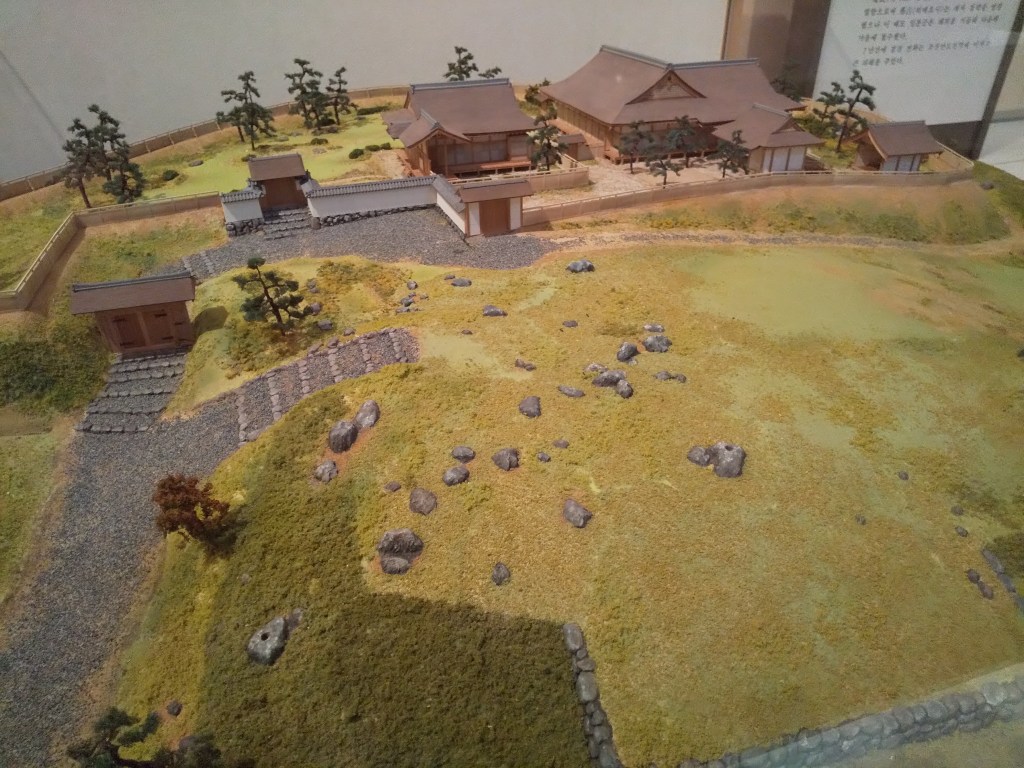
Higashi Matsuura peninsula faces the Tsushima straight, and conveniently located on a connection route between Japan and Korea through Tsushima island and Iki islands. In addition to this, this peninsula consists of many small bays guarded by small islands and was an ideal anchoring place for ships and this region was notorious for piracy back in the 13th to 15th centuries.
During the medieval era, the north coast region of Hizen province (nowadays Saga and Nagasaki prefectures) was held by the Matsuura clan. The Matsuura clan was a coalition of local retainers stemming from the 11th century, and engaged in commercial and maritime activity around East China Sea and Tsushima straight. At the time of the Genko invasions (Mongol invasions) by the Chinese Yuan dynasty and Koryo kingdom of Korea in the latter half of 13th century, the Matsuura activated their naval power to help fight off the intruders.


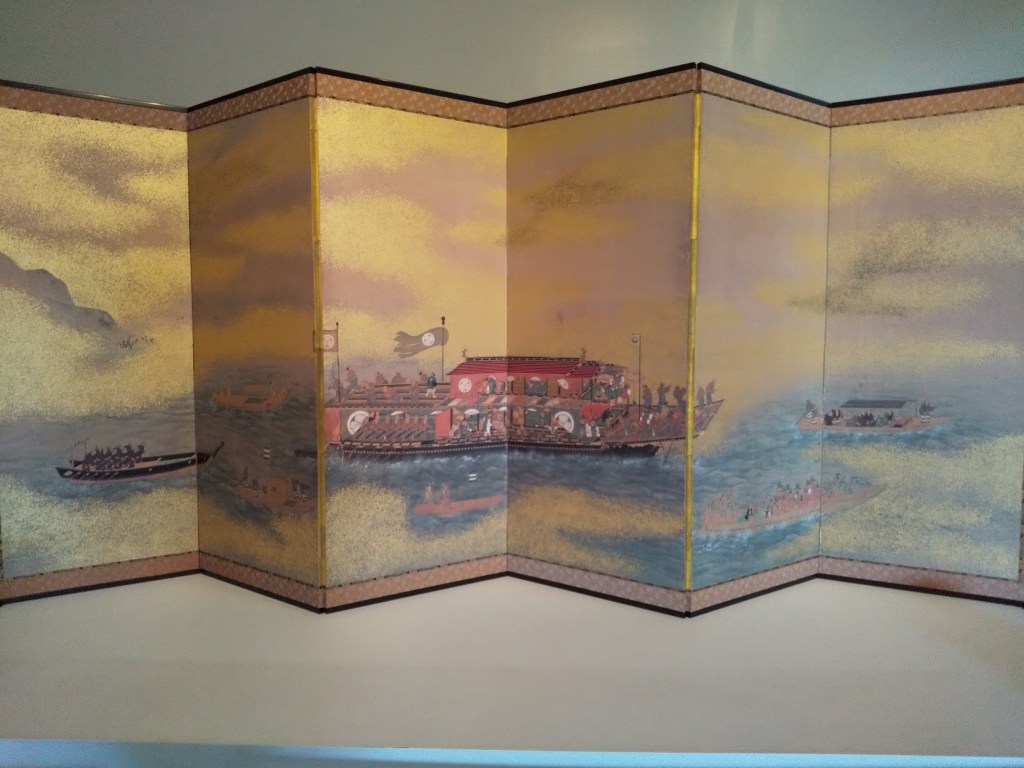
In the Muromachi era, the Hata clan established itself the leading family among the Matsuura. The Hata clan resided at Kishidake castle (Saga prefecture) and exercised their power around East Matsuura peninsula, but later they became weakened because of internal conflicts and had to subordinate to surrounding stronger warlords such as the Ryuzoji clan from Saga city and the Shimazu clan of Kagoshima. At the time of Hideyoshi Toyotomi`s (1537-1598) Kyushu campaign, the Kishi clan, also of the Matsuura, surrendered to Hideyoshi but was later was expelled bringing a swift end to the Kishi clan. However, Hirotaka Terasawa (1563-1633), of the Hata, played politics a little better and became a vassal lord of Hideyoshi.
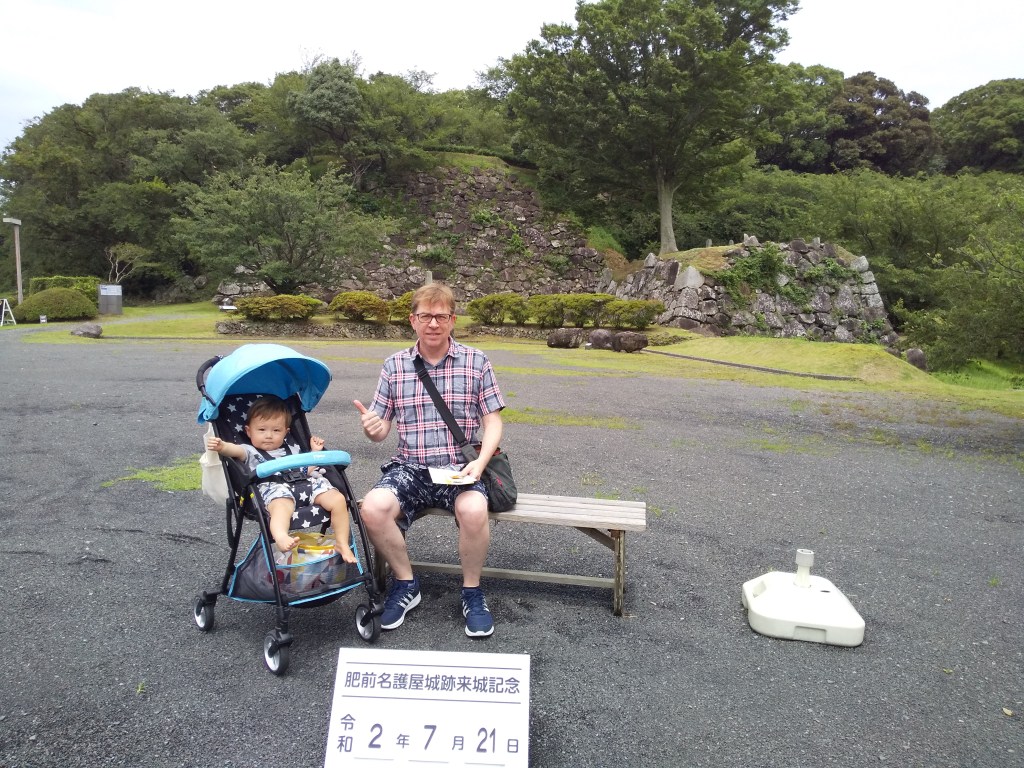
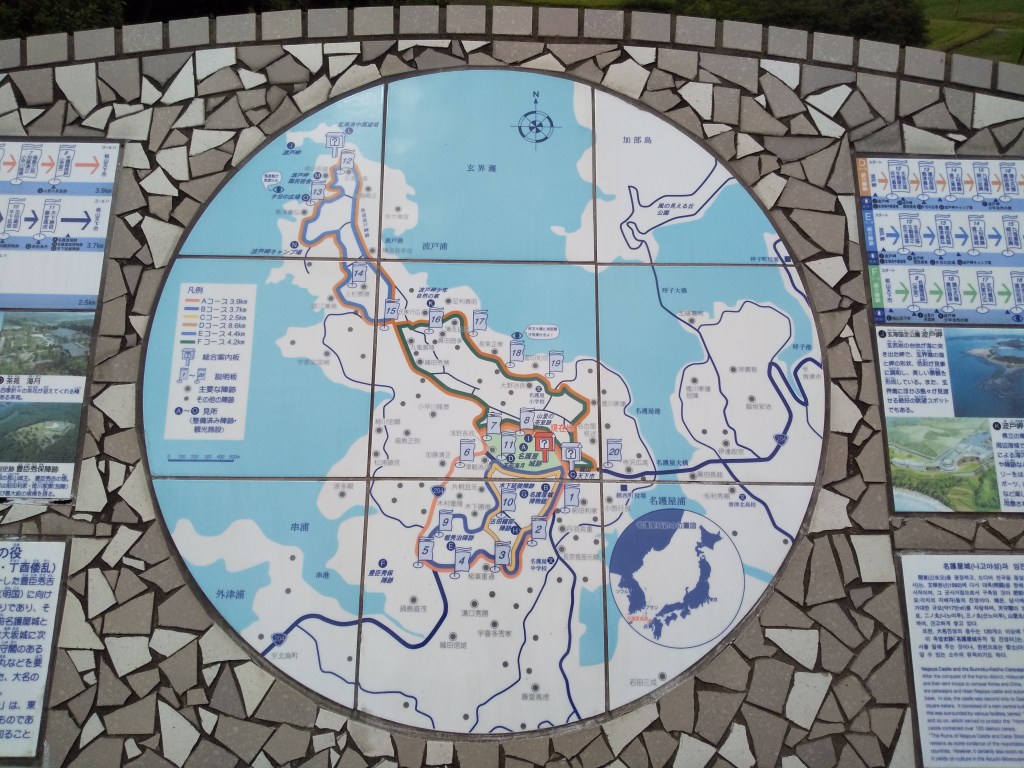

The planning of the castle was done by Yoshitaka Kuroda (1546-1604, known as Kanbe), a famous vassal of Hideyoshi, and actual construction of the castle was performed by local lords of Kyushu under the command of Kiyomasa Kato (1562-1611) and Masanori Fukushima (1561-1624), two young commanders under Hideyoshi. The construction was started from the autumn of 1591, and miraculously competed in the spring of 1592.
Originally, there was a small Matsuura clan castle at the current place of Hizen Nagoya castle, but it was nowhere near glorious enough as a base for Hideyoshi`s grand structure. Hizen Nagoya castle complex was (is) huge. The biggest castle ever built in Japan, and it was built in less than a year. Amazing! The region suddenly transformed from a rural backwater to a centre command post with over 200,000 people living there.


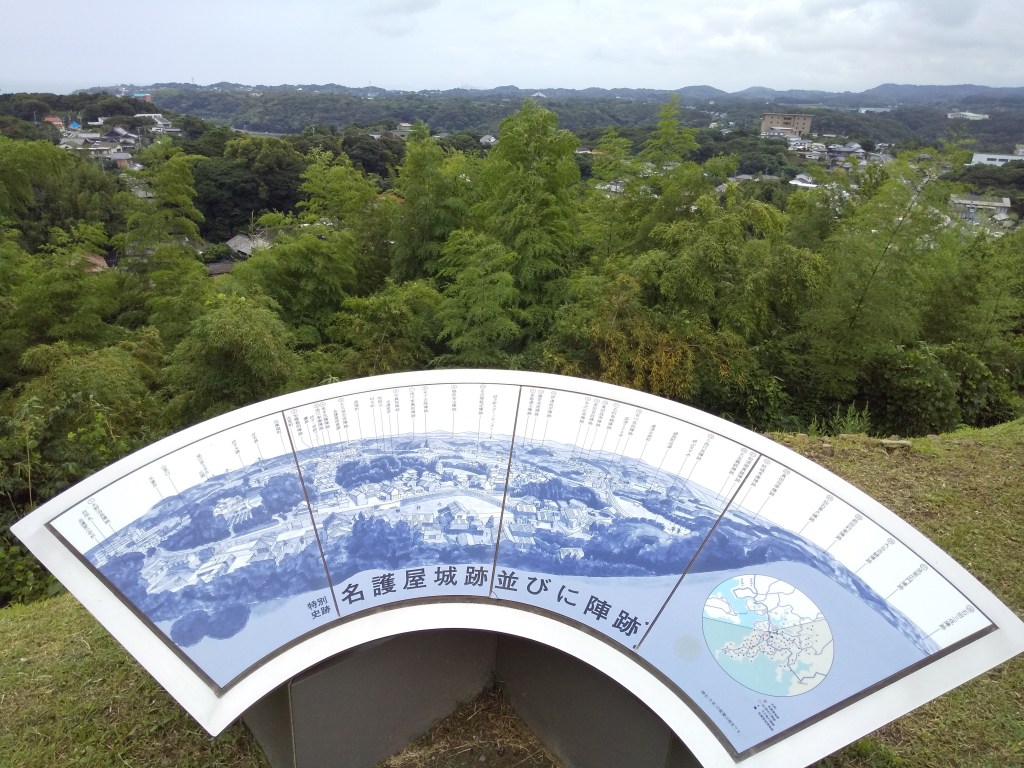
At the north side of the honmaru there was a five story, seven floor main tower. San no maru is located at the eastern of the honmaru directly guarding the entrance into central area, and a 150 meter long and 20 meter wide slope extends from the main gate of the castle at the hillside to the central area along with east side wall of san no maru. A small fishing port was transformed into a major port to the east of the castle where thousands of samurai would board awaiting ships headed for Korea. For many samurai and their entourages , it would be the last time for them to stand on Japanese soil.

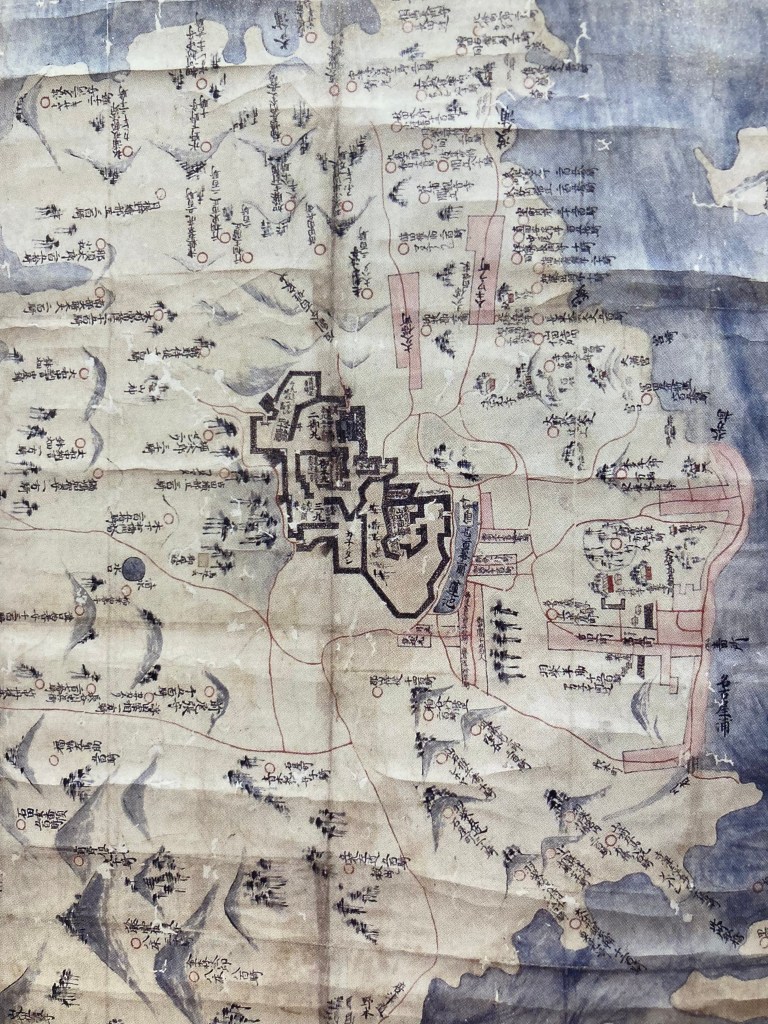
On the western part of the hill, Danjo-maru area is 200 meters long and 100 meters wide. At the west edge of the hill is a magnificent “Masugata” style (combination of two gates and buffer area) rear gate was built, in the same style as the front gate. Several areas such as Yugeki-maru or Mizunote cover the north slope of the hill, and private residence of Hideyoshi and his concubine Yodogimi (1569-1615) named as Yamazato-maru and huge complex style outer gate were placed at the north east side of the hill.
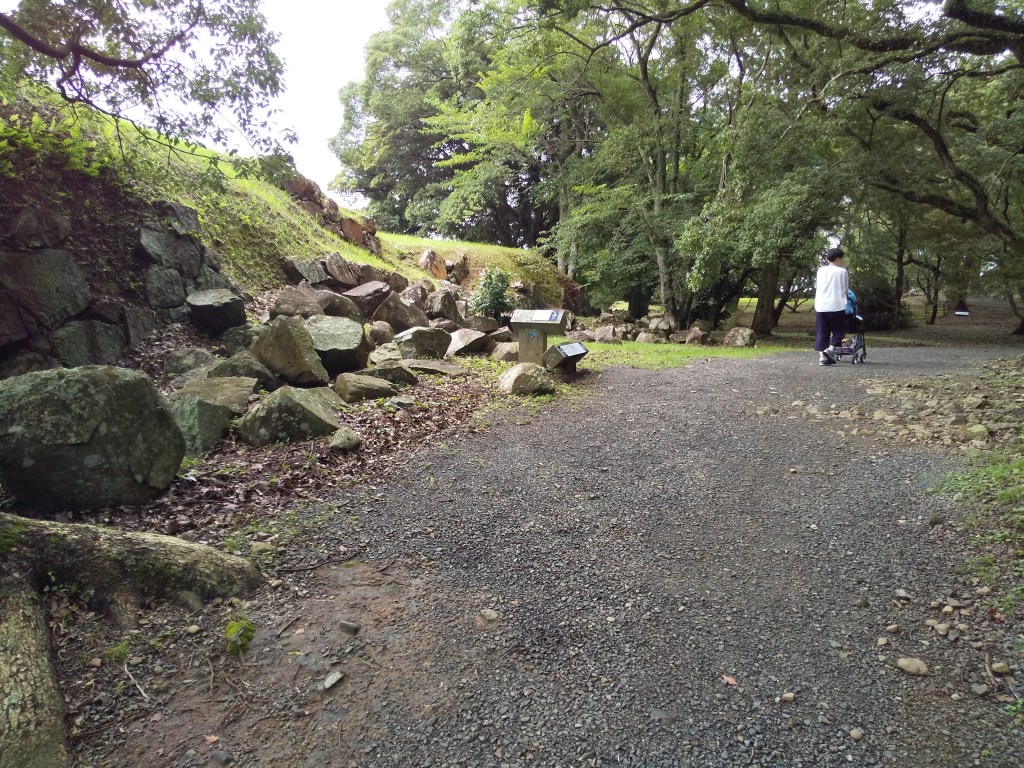
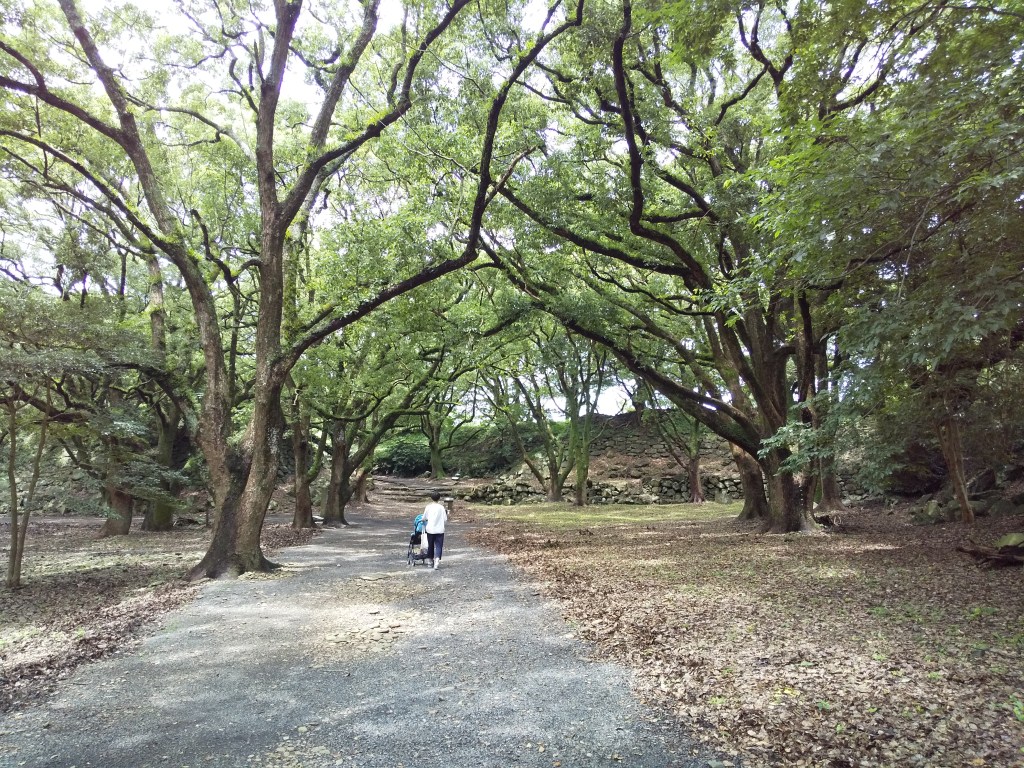

The outer area including a well and a kitchen existed at the east of the hill. A wide dry moat surrounded the east half of the castle. The total inner size of Hizen Nagoya castle was 1,000 meters long and 500 meters wide, the whole castle complex was protected by stone walls. Total length of the stone wall is believed to exceed three kilometres.
As the castle was not expected to be attacked by any enemy, the defensive aspect of the castle is not so strong. The stone walls are not so high or steep compared with other large castle built at the beginning of Edo era such as Osaka castle or Kumamoto castle, and number of defensive turrets is limited considering its huge size.


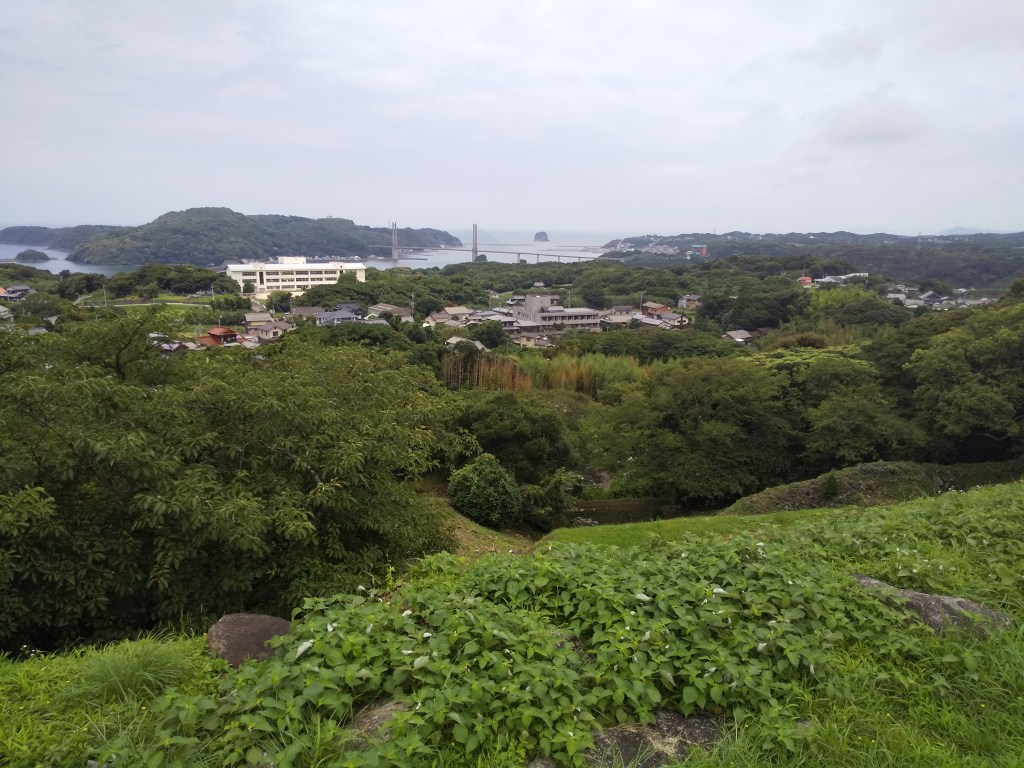
Even though the castle complex was protected by stone walls, a long and gentle slope continues from the outside to the central area. Layers of flat and wide terraces emphasized the authority of Hideyoshi and one might see a closer link to a Chinese palace such as the Forbidden City, instead of a Japanese castle. Hideyoshi liked such kind of style, and Osaka Castle at the time of Hideyoshi is said to have the same elements.
Hideyoshi gathered all of the lords of Japan to this area, irrespective to actual participation to military action. As I mentioned above, many lords with over total 100,000 soldiers stayed all over the peninsula surrounding Hizen Nagoya castle. As their stay continued for a longer time, each lord eventually made a more permanent camp guarded by stone walls. If you have time to explore the region a little more deeplu you can visit just about all of the camps and see remnants of the walls etc. Especially the camp of Toshiie Maeda (1539-1599), one of Hideyoshi`s closest vassals had a large camp, close to Hideyoshi who stayed just next to Hizen Nagoya castle They both had a magnificent entrance protected by tall stone wall, equivalent to Hizen Nagoya castle.
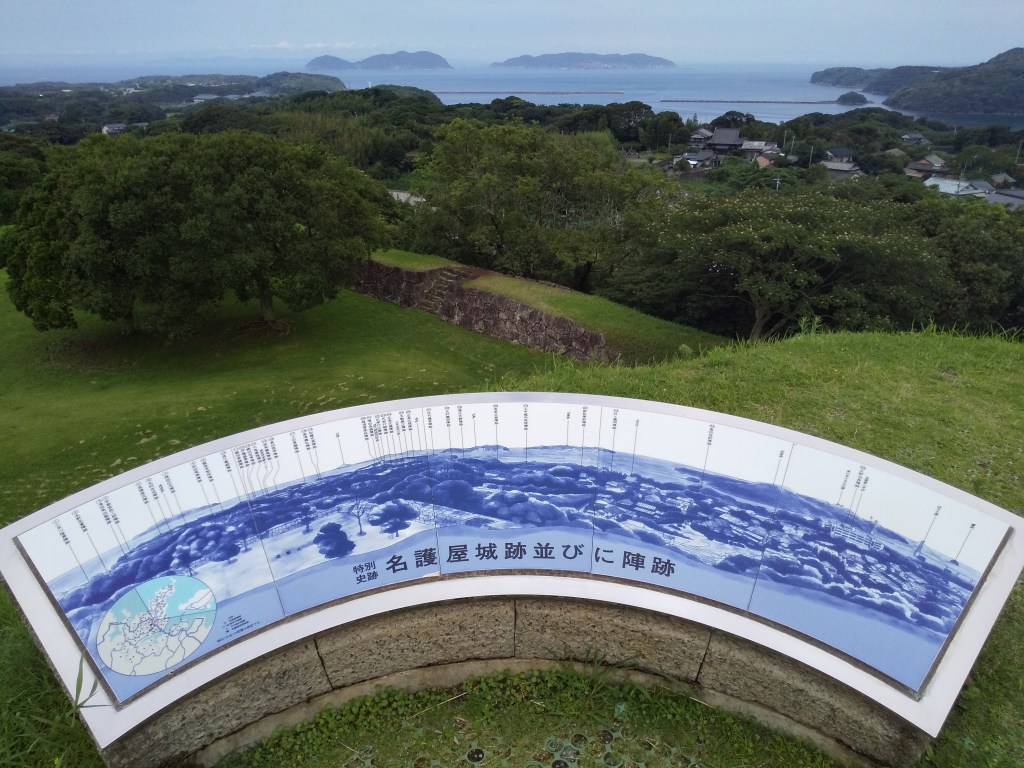
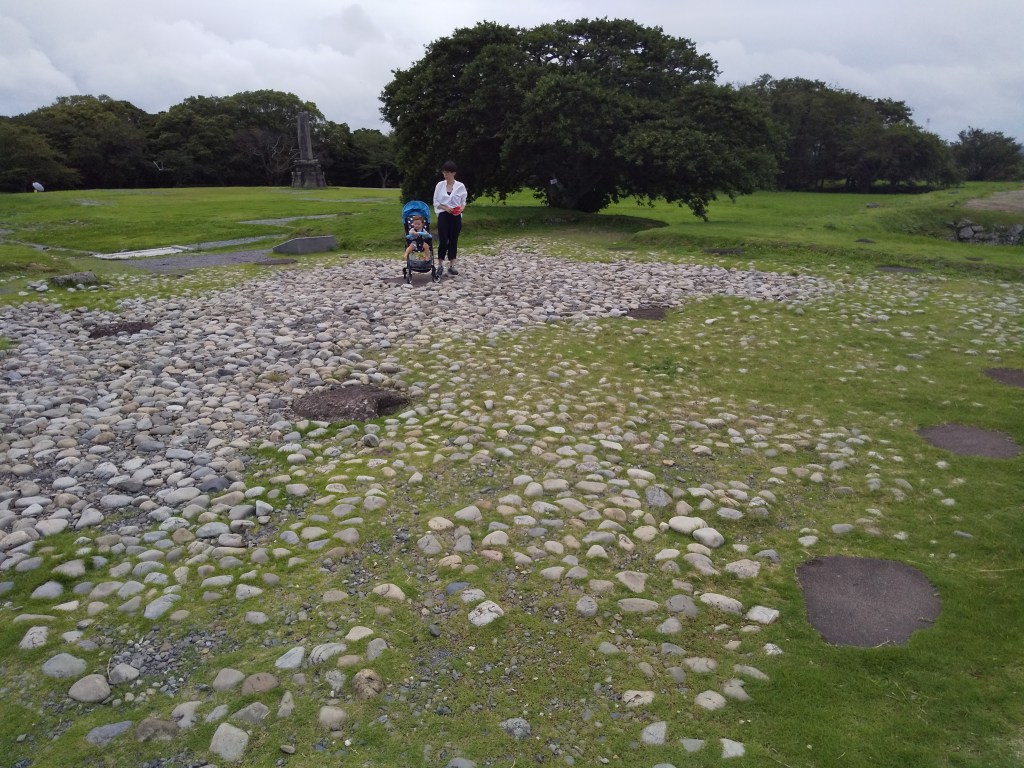
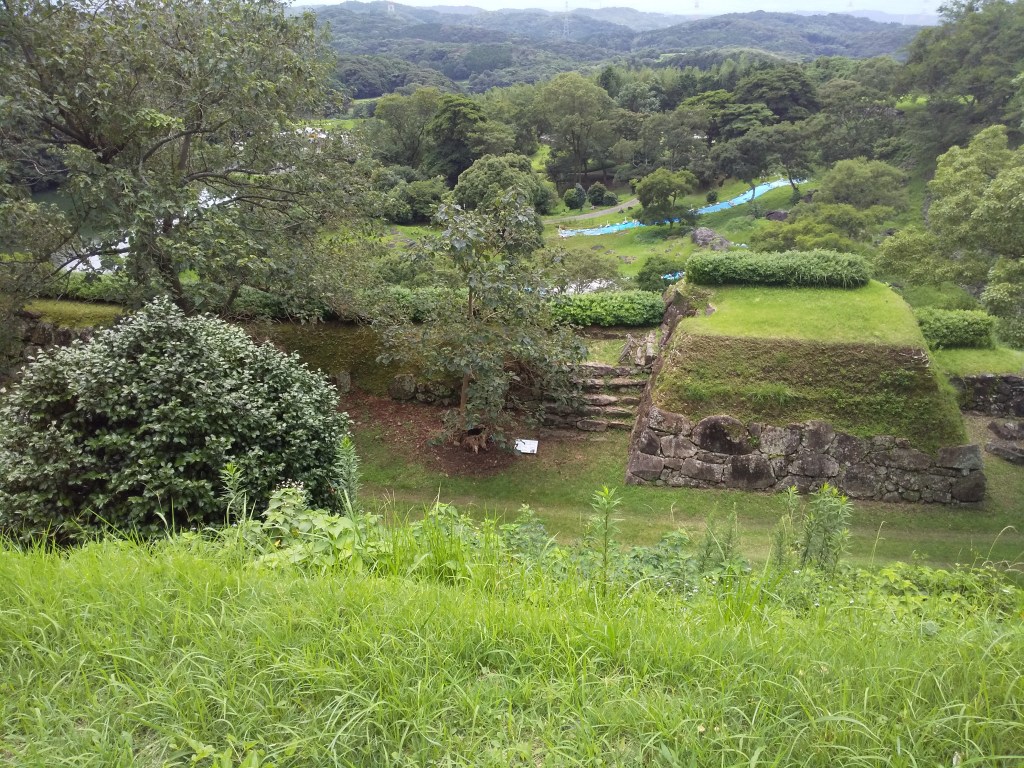
Hideyoshi commanded the foreign operation from this castle, but without any achievement became ill and died in 1598. Subsequent to the death of Hideyoshi, a conflict between Ieyasu Tokugawa (1543-1616), the most powerful lord under Toyotomi, and Mitsunari Ishida (1560-1600), chief administrative staff of Hideyoshi occurred. Hirotaka Terasawa supported Ieyasu Tokugawa who won against Mitsunari, and was given Amakusa area (Kumamoto prefecture) as a reward.
Under the order of Edo Shogunate established by Ieyasu, Hizen Nagoya castle was abolished and deconstructed which erased the memory of Hideyoshi and his somewhat lacklustre foreign expedition. It was too large to demolish, but the base of the main tower was thoroughly deconstructed as it was the symbol of the castle. Stones of the castle were reused to build Karatsu castle, (Saga prefecture) 10 kilometres south of this castle.
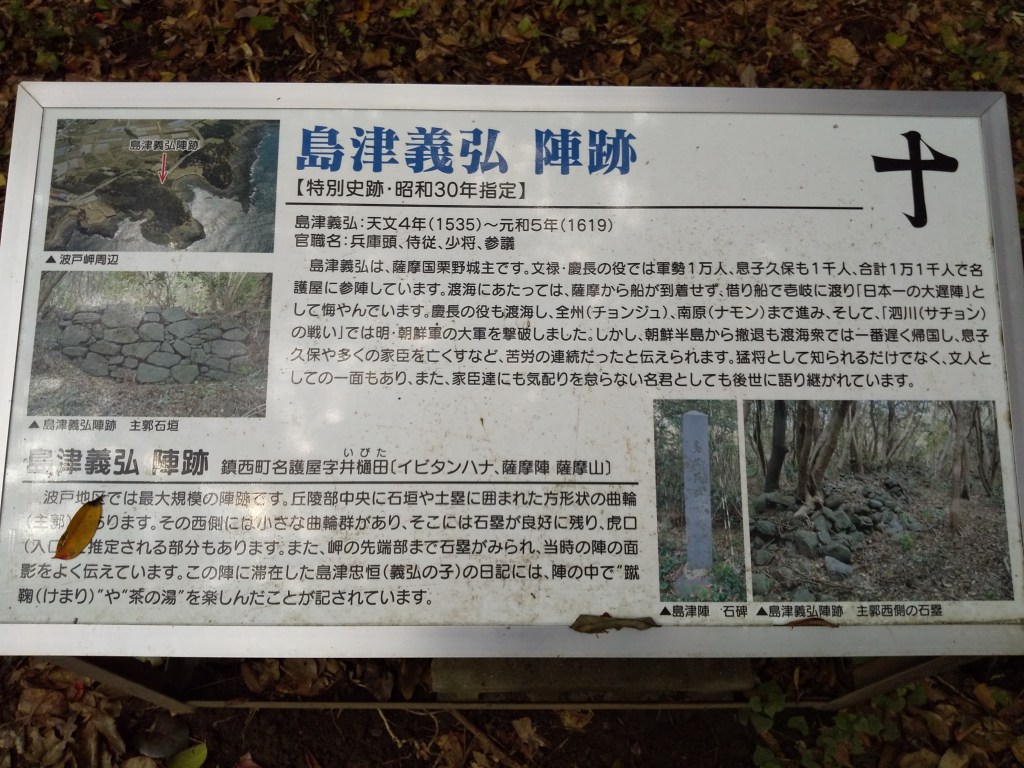

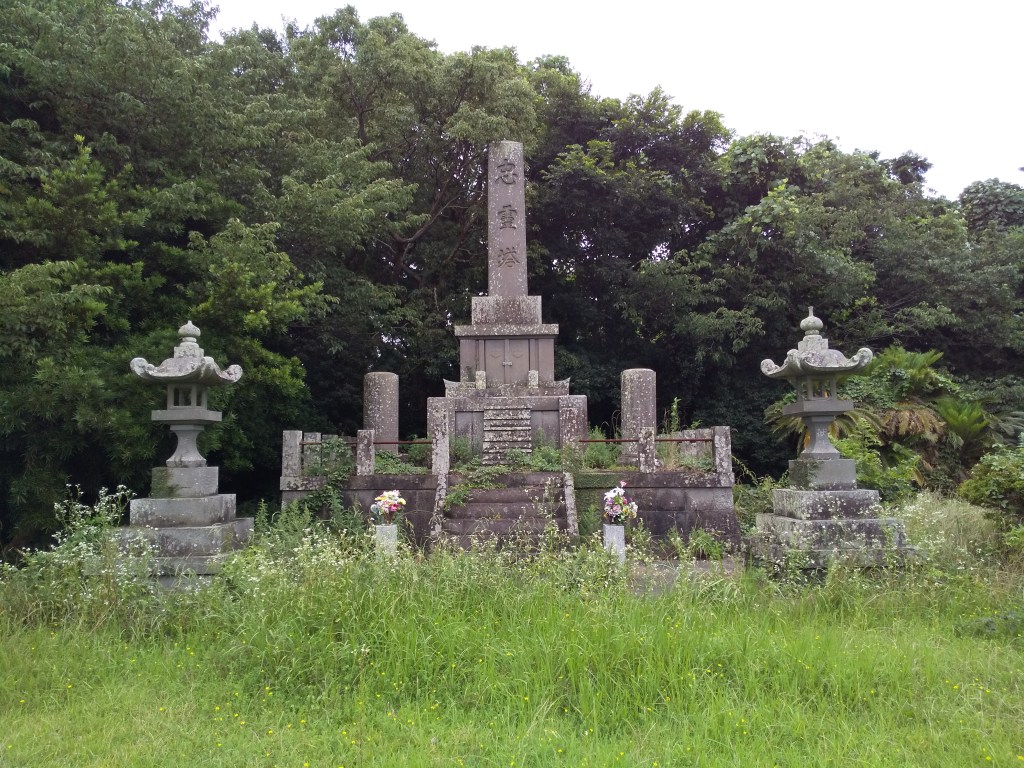
Furthermore, 30 years later, a large rebellion of local peasants occurred at Shimabara and the Amakusa area located in the central region of Kyushu in 1637, due to the strict politics of the Itakura clan in Shimabara area and Terasawa clan in Amakusa area. In addition, the Tokugawa bakufu wanted to suppress the Christians who unfortunately were wrapped up in the rebellion. The Edo Shogunate subjugated this rebellion with a large loss of lives, and as a deterrent for any other rebellions in the north of Kyushu, ordered the final demolition of Hizen Nagoya castle, as the Shimabara rebels used the ruins of Hara castle as their final defence.
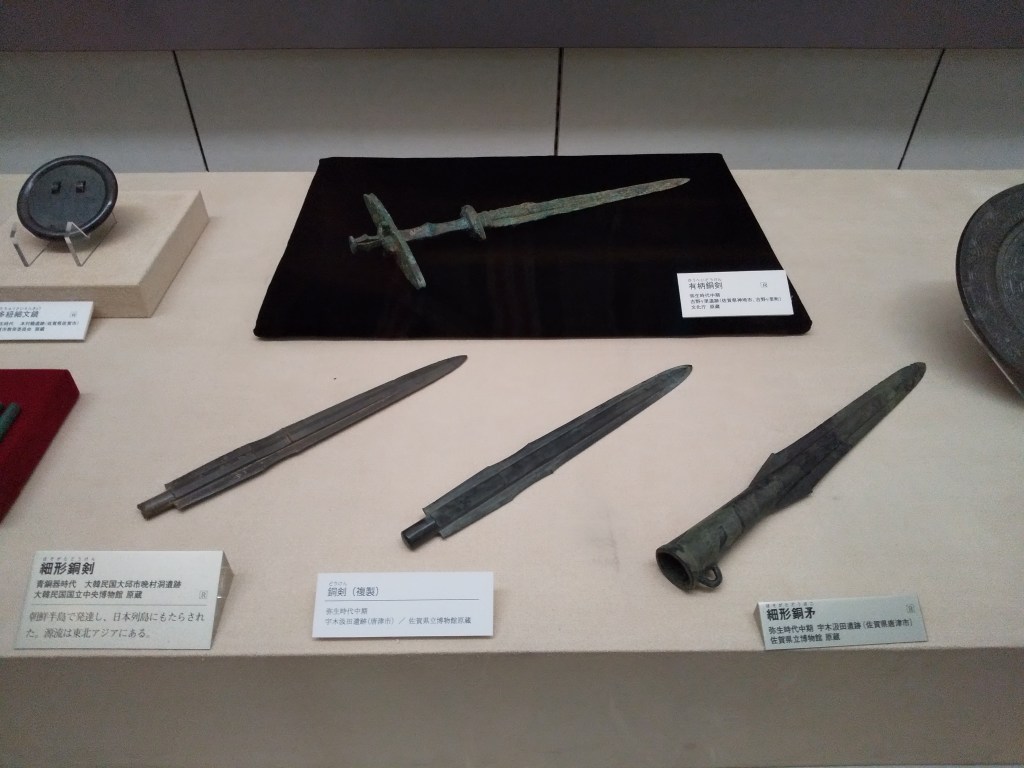
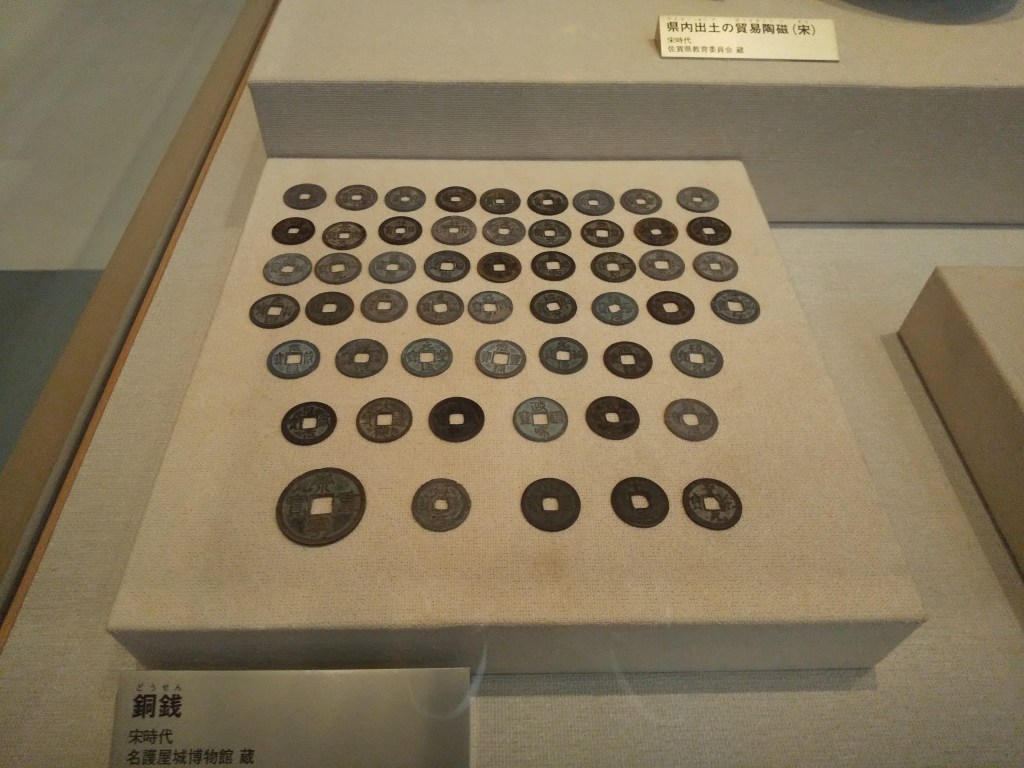

Therefore, to remove the defensive aspect of the castle, corner walls were demolished, the tops of the walls were torn down which would allow attackers to walk up and over the walls easily. Several gates were filled with sand which disabled any opportunity to funnel troops down a single path. However, for us, luckily certain part of the stone walls still remain.
Thankyou, I hope you enjoyed reading this. There is still a lot of info I have not added which I will update when I have time. This is a magnificent site even though we have no major structures left. The size and historical significance is what makes this site fantastic.
Photos by Stuart. Source text from brochures and information leaflets from the museum, translated by me and also some info from Ken (Pictures of Japanese castles), edited by Stuart.
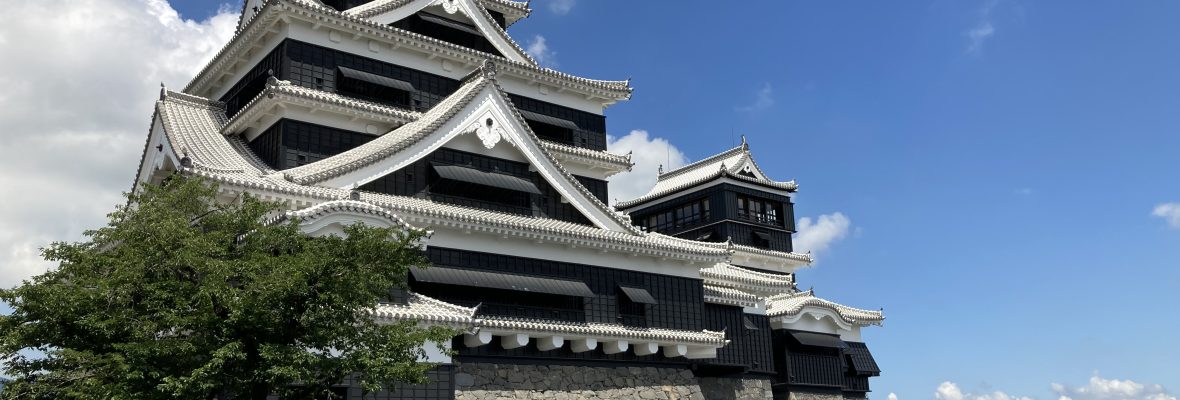

You must be logged in to post a comment.